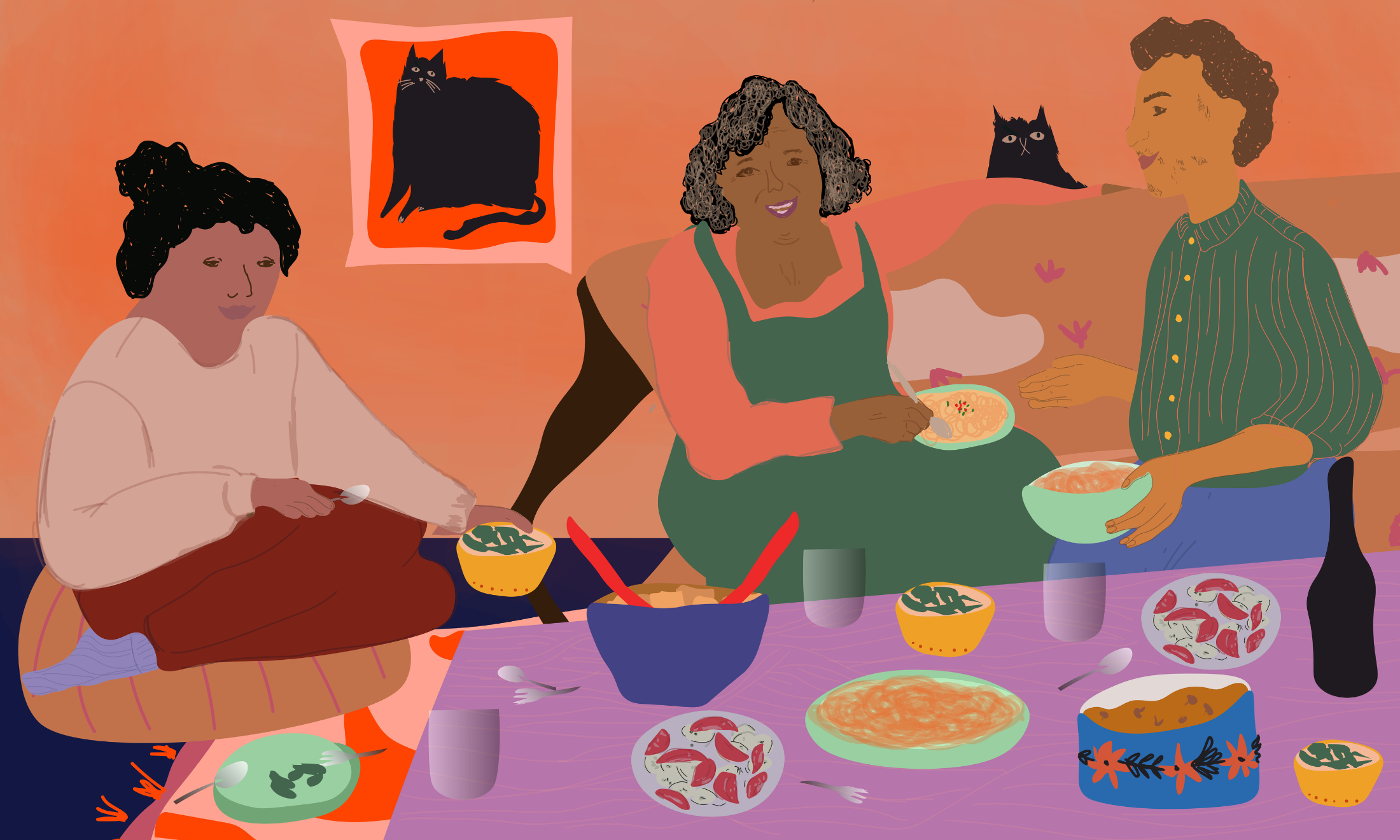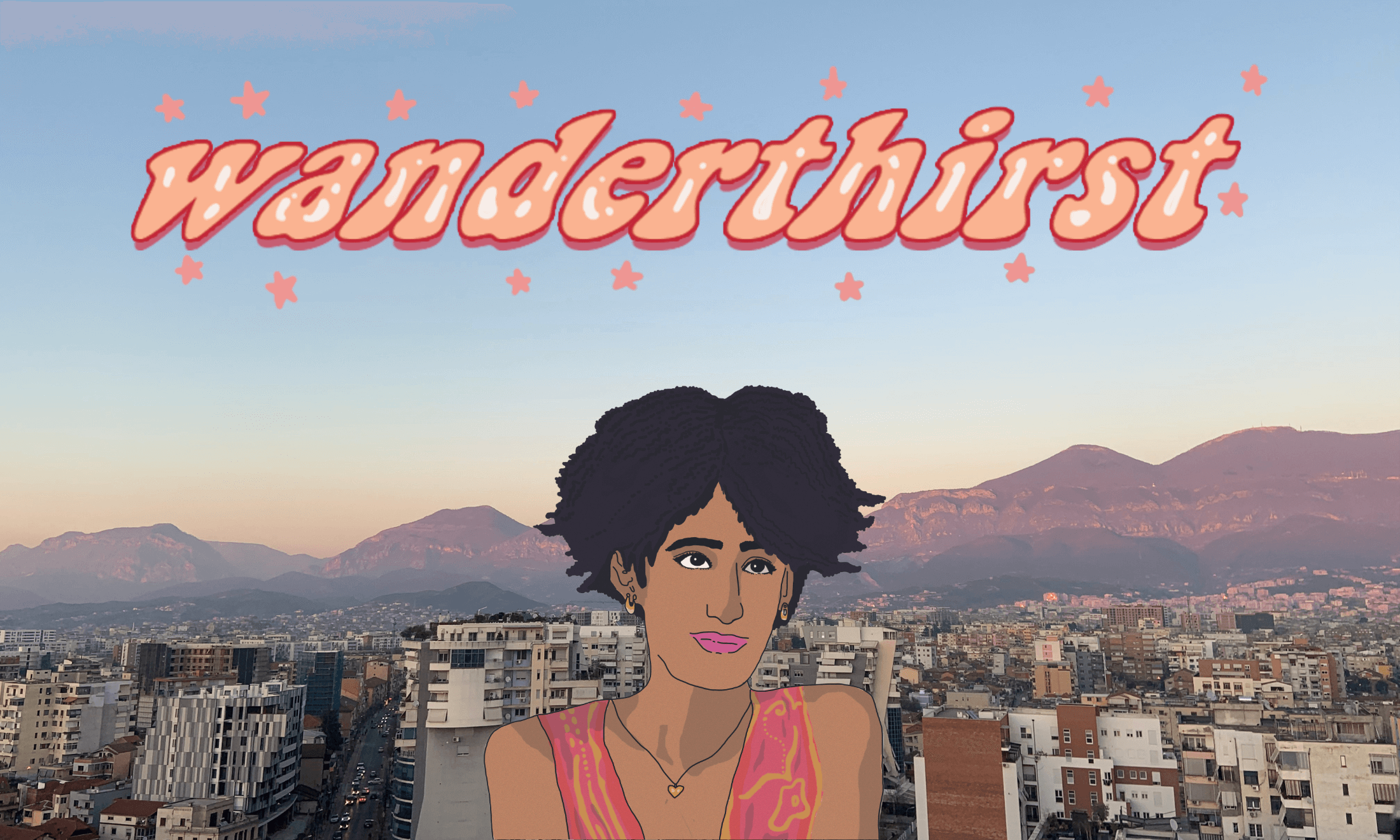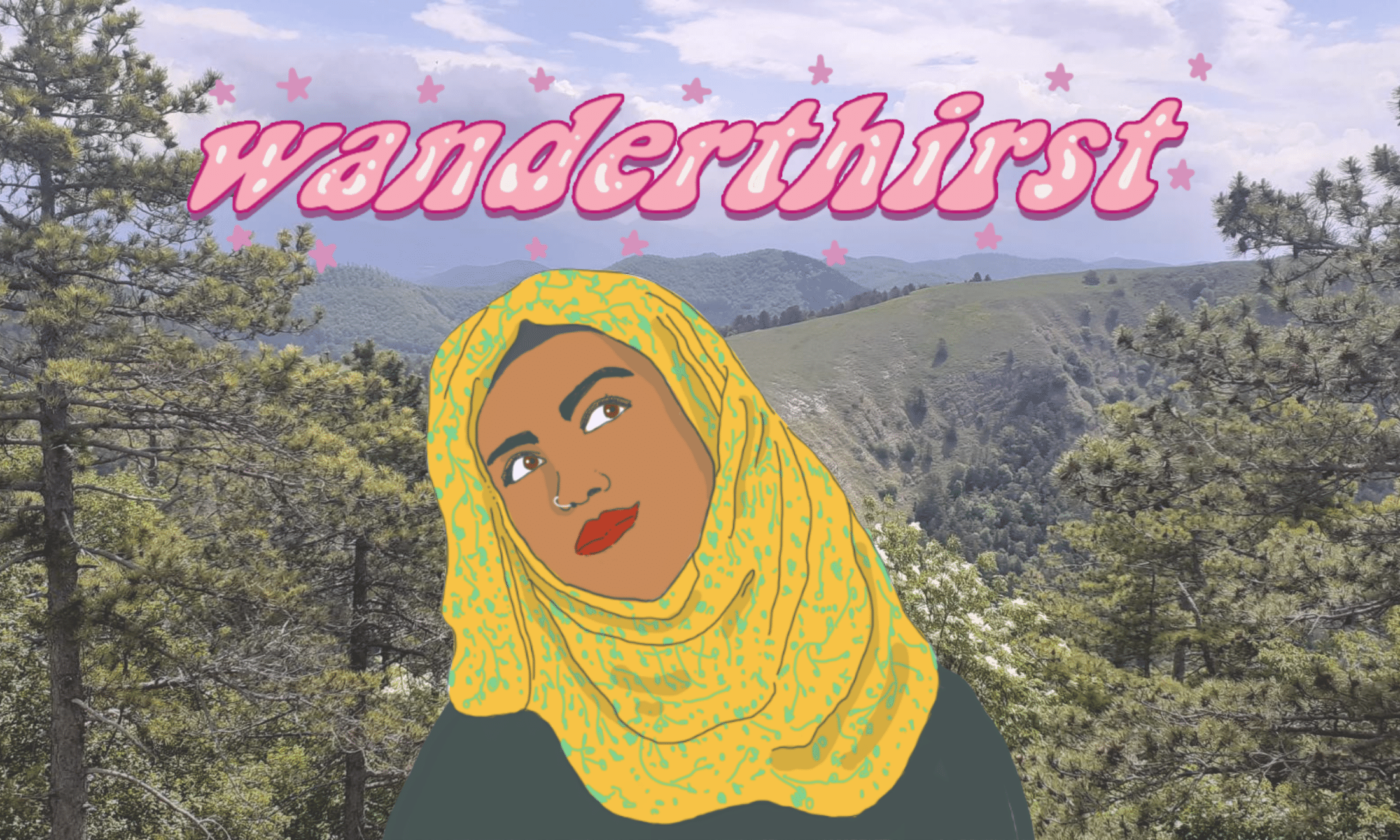
In Māori, the indigenous language of Aotearoa, New Zealand, where I was born, a traditional way of introducing yourself is with a mihi, an introduction that lets people know where you come from. In one version of the greeting, you give the name of your maunga (mountain), the name of your awa (river), your moana (sea), and your iwi (people). Your name comes last. It’s different to how we normally introduce ourselves in casual English: name, occupation.
I am part Malaysian-Chinese, part New Zealand European, which means that home is complicated for me. When I was growing up we moved every few years because of my parents’ jobs, so I never really felt linked to any particular mountain or sea or river, never saw them as a part of myself. Now 24 and living in London, I’ve left several homes and created new ones for myself. There are some places I might never go back to.
“It’s strange to travel back to a place that’s like your childhood home, but still foreign”
But there is one mountain I keep returning to—Mt. Kinabalu in Kota Kinabalu, Malaysia, a small city on the northeast coast of the island of Borneo, where my mother was born and grew up. This is my mountain, even though I’ve never lived anywhere near it. I’ve only ever been a visitor to the place where grandparents live.
Ever since I was little I’ve visited Kota Kinabalu to stay with my Po Po and Gung Gung. They still live in the same old house with yellow flame trees in front, and coconut palms and a mango tree in the backyard. When I step inside, all the familiar smells hit me—burning mosquito coils, old books and a mix of ginger, cloves and curry paste wafting in from the kitchen. The warm air inside the house carries sound the same way I remember from when I was young: slow, heavy, echoing through walls.
The sound of green geckoes chirping from windowsills and behind curtains, Gung Gung’s slippers shuffling along tiles, the whirr of electric ceiling fans, the clock in the hall that chimes every half hour. In the early morning in Kota Kinabalu, the big blue mountain appears in the distance over the city, with its jagged peaks of granite rock. It disappears again behind rainforest clouds for most of the day and night. You can’t always see it but it’s always there, distant yet familiar.
“Living and travelling through Asia as a part Asian woman means moving between different versions of myself:”
It’s strange to travel back to a place that’s like your childhood home, but still foreign. To most people, I pass as white. I don’t speak Bahasa Malay, though its melodic syllables sound so familiar. My mum’s side of the family all speaks Hakka, a southern Chinese dialect spoken in lots of diasporic Chinese communities around the world.
Although I feel like I’ve grown up with the sound of Hakka around me, I can’t speak it. Since I’ve lived in China and can speak Mandarin, sometimes I feel more connected to my Asian identity through Chinese culture and language, rather than through Malaysia. Sometimes I feel like I have no right to claim any part of my Asian-ness, given I mostly look and sound so white, and benefit so much from the privilege of passing as white.
But I’m not at home in my whiteness, either, just as I’m not at home in any one place. Living and travelling through Asia as a part Asian woman means moving between different versions of myself: tourist, international student, foreign travel writer, a woman trying to understand her heritage. Travelling is political, and a luxury few can afford. Growing up between cultures and between countries has made me realise that there are different ways of travelling through the world and that some of us are more prone to leaving pieces of ourselves behind than others.
There are some things about Kota Kinabalu that I carry with me always. The way it rains in the late afternoon, so violently and without warning. The beautiful, haunting sound of the morning call to prayer floating through the open window before dawn. Iridescent blue dragonflies, white egrets and giant moths with patterned wings. The open-air restaurants where we sit on stools and eat bowls of wonton noodles with orange plastic chopsticks, sipping teh tarek (milk tea so sweet it makes my teeth ache), the air full of coconut milk steam, eyes watering from chilli sauce and the afternoon heat.
It’s food that connects me to this place most of all, even though my attempts at recreating Chinese-Malay dishes in my own kitchen never match up. I adore the brightly coloured rice cakes sitting in neat squares, pink and green and orange, squishy to touch and coated in icing sugar. All the fruit on the breakfast table bought by Gung Gung from the market that same morning: yellow mangoes sliced and peeled, blood-orange papaya, shocking pink dragonfruit. Popo’s aubergine and potato curry, and her fried chicken drumsticks that she used to make for my cousins and me when we were small.
I dream of the smell of fresh pisang goreng, banana fritters in the morning, crispy and golden and caramel-sweet. Gung Gung is much older now and doesn’t go to the market so often. So I walk under the breadfruit trees and coconut palms to go buy them from the stall down the road. I wish I knew how to tell the girl behind the counter how much they taste like home.












